Soyuz on myös erittäin suuri kantorakettiperhe, vanhan R7-ICBM:n "perillinen". Angaran eri versioiden oli tarkoitus korvata Soyuz- ja Proton-M -kantoraketit sekä laukaista Venäjän uusi avaruusalus. Ilmeisesti tämä viimeinen on siirretty tuolle aiemmin mainitulle Irtysh/Soyuz-5 -raketille, jonka kehitys on tuntemattomassa vaiheessa. Nämä kaikki ovat siis pelkkää suunnitelmaa, joka tuntuu elävän kovasti mutta edistystä on sitten hieman vähemmän.Siis soyutzhan on miehitetty alus ja angara on raketti.
Pitäisikö tästä angrasta tulla uuden miehitetyn aluksen kantoraketti vai ruvetaanko tällä laukaisemaan myös tuota soyuzia.
Install the app
How to install the app on iOS
Follow along with the video below to see how to install our site as a web app on your home screen.
Note: This feature may not be available in some browsers.
You are using an out of date browser. It may not display this or other websites correctly.
You should upgrade or use an alternative browser.
You should upgrade or use an alternative browser.
Avaruus
- Viestiketjun aloittaja Juke
- Aloitus PVM
Lyhyt dokumentti brittien miehitetyn avaruusohjelman suunnitelmasta, 1940-luvulta. Ainakin minulle uutta tietoa.
Muutenkin voin suositella kanavaa.
Muutenkin voin suositella kanavaa.
Viimeksi muokattu:
Nähtävästi joku oli varsin luottavainen raketista, koska antoi laukaisun tapahtua, on nimittäin melkoinen ukkosenjohdatin
ISRO:n 2018-2019 toimintakertomus.
Naapurin moderni kuuohjelma
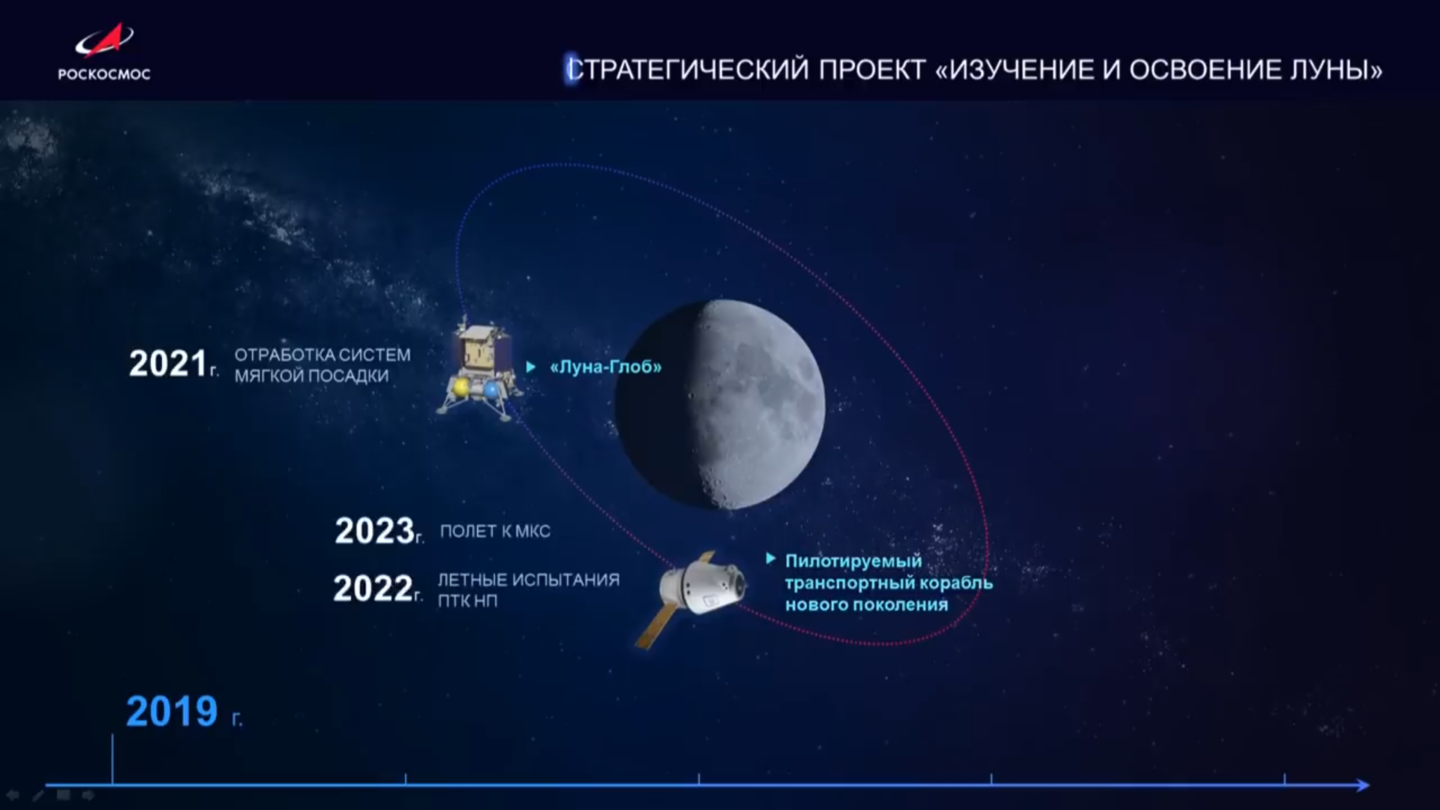
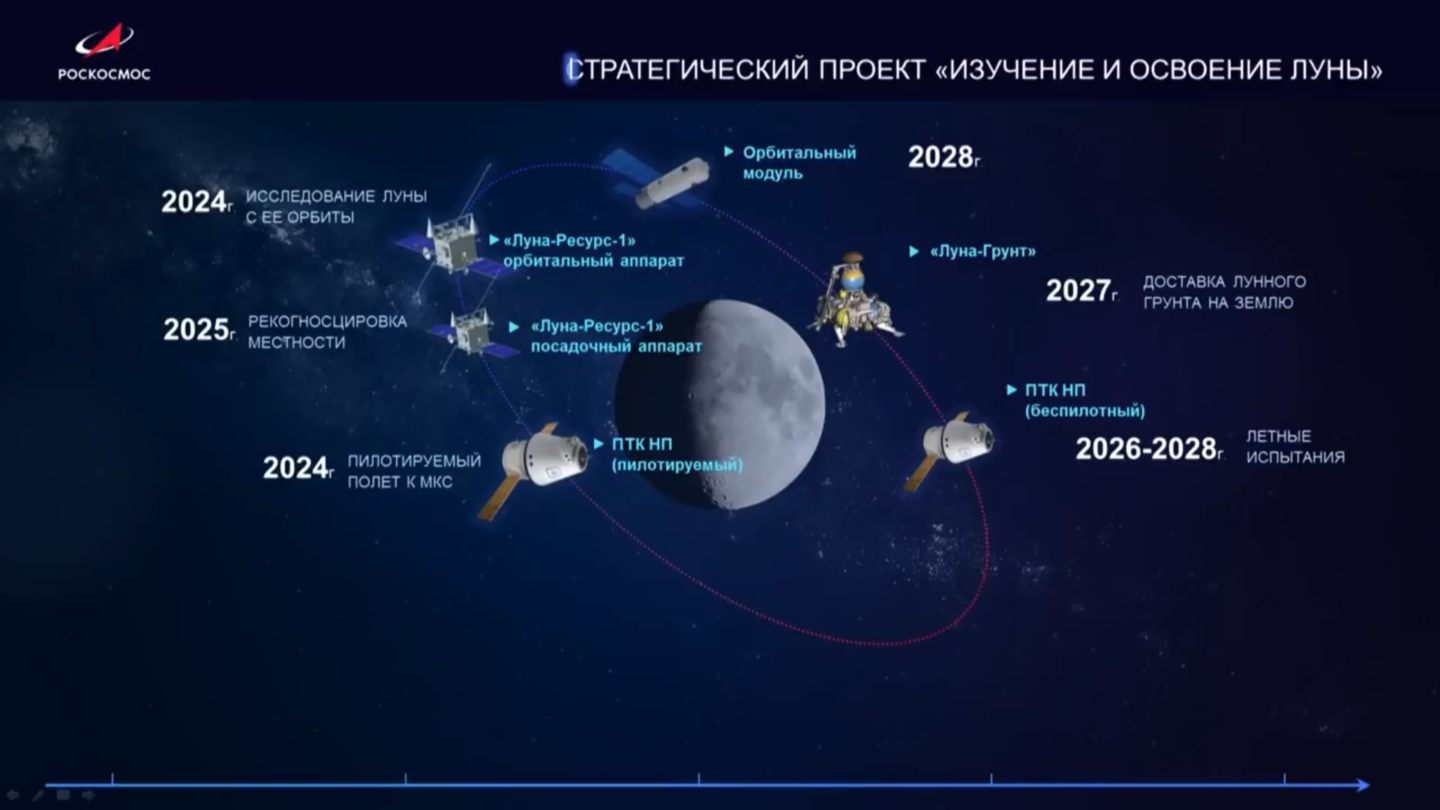
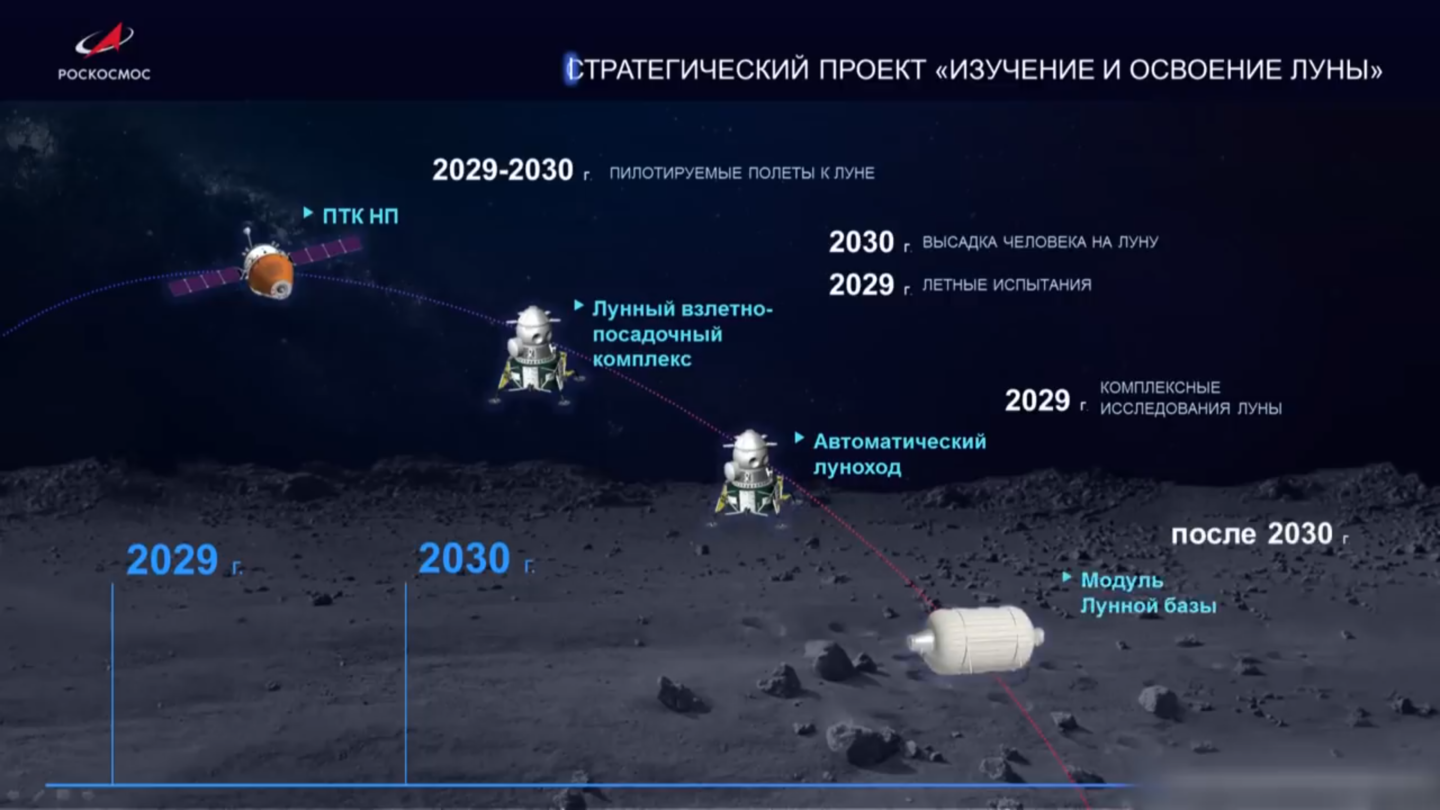



https://arstechnica.com/science/201...plans-to-land-cosmonauts-on-the-moon-by-2030/Via Robinson Mitchell, Ars obtained a copy of the slide deck Rogozin used for his speech and a translation of its contents (key slides are shown above). Of particular interest is the speech's focus on an independent lunar landing featuring cosmonauts by 2030. Taken at face value—which probably is not wise, given the big question of how Russia would fund such an enterprise—a Russian attempt to land humans on the Moon a decade from now would set up an extraordinary race among that country, NASA's Artemis Program, and China's lunar ambitions.
Under the plan outlined by Rogozin, the country will initially develop a new "Super Heavy" booster with a capacity of 103 metric tons to low Earth orbit and 27 metric tons to Lunar polar orbit. This is roughly equivalent to an upgraded version of NASA's Space Launch System, known as Block 1B.
The plan includes the development of the "Federation" spacecraft by 2022, with its first flight to the International Space Station by 2023. Deep-space flights of this spacecraft would follow in the mid-2020s, along with a return of lunar soil to Earth using the Luna-Grunt probe in 2027.
Finally, in 2029, crew flights to lunar orbit would begin, along with flight testing of a lunar lander and an inflatable lunar base module. The crew landing would take place in 2030, although Rogozin said he would like to move those dates earlier if possible.
In terms of strategy, Rogozin said he did not believe there is much potential for industrial utilization of the Moon, a theme that has been a key component of US and commercial plans to send humans back to the Moon. Rather, one strategic reason Rogozin cited was the role of a lunar station in defense against comets and asteroids. (It is not clear how that would work).
http://www.spacedaily.com/reports/N...ive_Space_Launch_System_Rocket_Stage_999.htmlNASA and Boeing technicians have begun the second of three major activities to join the large structural parts of the core stage for NASA's deep space rocket, the Space Launch System. When this task is completed, four of the five major core stage structures - most of the massive 212-foot stage-- will be assembled. Boeing and NASA will add the engine section and the four RS-25 engines to complete assembly of the core stage.
This stage and its four RS-25 engines will produce 2 million pounds of thrust to help send the Artemis 1 Mission, the first integrated flight of SLS and the Orion spacecraft to the Moon.
Crews at NASA's Michoud Assembly Facility in New Orleans moved the liquid hydrogen tank to the final assembly area at the facility to horizontally connect the massive propellant tank to the top of the core stage, which is made up of the forward skirt, the liquid oxygen tank and the intertank.
They moved the forward structure to the final assembly area earlier this spring. Together, the forward structure combined with the liquid hydrogen tank is approximately 190-feet-long, and thus, makes up most of the core stage. The entire core stage will be the largest rocket stage NASA has ever built since manufacturing the Saturn V rocket stages in the same Michoud rocket factory.
NASA is working to land the first woman and next man on the Moon by 2024. SLS is part of NASA's backbone for deep space exploration, along with Orion and the Gateway in orbit around the Moon. SLS is the only rocket that can send Orion, astronauts and supplies to the Moon on a single mission.
https://arstechnica.com/science/201...rns-of-internal-cuts-needed-for-moon-program/Over the last two months, NASA Administrator Jim Bridenstine has repeatedly said the agency's ambitious new Artemis plan for sending humans to the Moon in 2024 will not require raiding other areas of its budget, such as its broad array of science programs, technology research, or aeronautics work.
The reason, he said, is simple. The surest way to torpedo support for a program inside the agency is to take funding from someone else to pay for the new plan, and the surest way to lose support in Congress is to take work away from various field centers around the country.
"We can't cannibalize one part of the agency to feed another part of the agency," Bridenstine told Ars in April, which reflects comments he has made many times. "We can't cut the Science Mission Directorate to feed human exploration. We can't cannibalize the International Space Station to feed the Moon mission. So if we go in those directions, which have all been tried in the past, it never works politically. We can't do the same thing again and be upset that it didn't work."
"Make some cuts"
However, that may be exactly what happens. On Friday, during a meeting of NASA's Advisory Council, the agency's senior human spaceflight official characterized the challenge of paying for a plan to accelerate human landings on the Moon from the late 2020s to 2024, as Vice President Mike Pence has directed the agency to do.
"I don’t think we’re going to be able to get the entire budget as new money," NASA's Bill Gerstenmaier said. "We’re going to have to look for some efficiencies, and make some cuts internal to the agency, and that’s where it’s gonna be hard. Everybody can be on board when everything is going forward, and there’s an infinite amount of new money coming in to the agency."
Neither Bridenstine nor Gerstenmaier has said how much the accelerated lunar program—bringing forward development of the Space Launch System rocket, elements of a Lunar Gateway, building a three-stage Lunar Lander, and upgrading spacesuits—would cost. However, sources have told Ars the real cost of the Artemis Program is probably as much as $6 billion to $8 billion a year beyond NASA's annual budget of $20 billion a year.
"I know what the all new money number is, but now the question is can we find some other things to gain some efficiencies," Gerstenmaier told the council, which is chaired by Lester Lyles, a former Air Force General. "We’ve had a series of meetings already where we’re starting to discuss what other things can we cut, or where can we slow some things down to focus. We’re going to do that even within my own directorate. It’s not that your thing isn’t a priority any more, it’s still a priority, but we’ve got to have it moved back so we can do these other objectives."
The council's meetings are generally not broadcast or recorded, but the media and general public can listen in via a teleconference line. Gerstenmaier's remarks came as part of a presentation on how he wants to keep NASA's budget and deep space planning grounded within "fiscal realism" and how he does not want to devise lavish plans and then hope the funding materializes. The extent of Gerstenmaier's comments, and his deliberate manner, suggest he did not misspeak about the potential for cuts.
"We’re not going to get a huge upper," he told the council about NASA's budget. "We can get 1 or 2 percent increases, which are significant, but we’re not going to get a major, brand-new, multi-billion dollar program injected on top of us, and we’re going to have to make those hard decisions. The first thing is, we used to say, if we just had a compelling, inspirational program, a dump truck of money would back up to us and we would be swimming in dollars. My entire career, that’s never happened."
A "frugal" approach?
After Gerstenmaier's remarks, Ars reached out to NASA to ask how this talk of "cuts" squared with Bridenstine's view that some areas of NASA's budget would not be raided to pay for other programs. In response, the agency released a statement that included the following comment about "frugal approaches" to budget planning:
"The recent budget amendment has demonstrated this administration’s unprecedented commitment to request the resources NASA needs to achieve the goal of landing humans on the surface of the Moon in 2024, and Congress has shown bipartisan support towards the agency’s goals as well. However, as a part of prudent budget planning, we must also protect for alternate scenarios and consider frugal approaches to make the most of every dollar in order to sustain the effort to meet our goal."
http://www.moondaily.com/reports/The_Second_Moon_Race_999.htmlThe US and China are in an undeclared race back to the Moon.
At first glance it's easy to dismiss China's efforts as being little more than what the US and Russia achieved decades ago. And while the pace of China's manned launches has been slow with over a year in many cases between launches; looks can be deceptive and China has achieved each critical step towards building a permanent space station within the next few years. Meanwhile, its overall space program builds out each critical element to support regular manned space operations.
At the same time, the US continues to pursue its own mix of military, science and civil space operations. Compared to every other national space program the US leads by such a distance it's hard to imagine its achievements being eclipsed anytime soon.
Among the so called space community there are several groupings. Some are traditional in outlook and view the space program in purely military and or scientific terms. And while there is obviously a healthy commercial space industry - the focus here has been entirely on Earth orbit platforms such as communications and earth observation satellites.
As is well known, another group has emerged over the past 20 years and is often described as New Space. With an initial focus on space tourism, this has expanded to asteroid mining and the colonization of Mars.
Having closely followed these developments the one clear conclusion is how little has actually occurred with these dreams. Despite the regular round of space conferences and the like, the same dreams are repeated over and over. And the years keep on passing by with little to show for their efforts.
Despite a flurry of space tourist flights to the ISS, no private paying passenger has ridden a Soyuz to the ISS since 2009. Virgin Galactic remains Earth bound, while nearly every other company selling space tourist dreams has folded. The only near term contender is WorldView, which plans to launch balloons to the upper stratosphere that will enable long duration flights to an altitude where the illusion of being in space is about as real as you can get without actually flying a 100km ballistic mission profile.
SpaceX is often portrayed as the great game changer. And, like Blue Origin, both companies have embraced new computer based design methodologies that have significantly sped up rocket engine development while also reducing costs. But Blue Origin has yet to launch a single payload into space, and SpaceX is wholly dependent on traditional customers such as NASA and the large commercial satellite communication operators.
SpaceX's recent announcement of a cis-lunar mission faces no significant obstacles and may achieve its goal of launching two paying customers by 2018 - but there is no shortage of industry observers who seriously doubt that this timeframe is realistic and expect the launch date to slip to 2019/2020 and even longer.
For now, the real action will remain with the government space programs of the US, Russia, the EU, China and India.
Given NASA's recent history of attempting to develop a new heavy lift launcher only to abandon yet another program after spending billions, it's been easy to dismiss the Space Launch System as just another make work program for Alabama.
Frequently derided as the Senate Launch System, in honor of its government backers in the US Senate, there is far more to this than many realize.
That the SLS is so strongly backed by the US Senate, should point to what the real objective of the SLS program actually is.
The stated reason has been to travel and land on a passing asteroid and achieve a significant "space first" that would obviously play well for national prestige. And while this may be one of its mission objectives, the obvious similarities to the Saturn 5 launcher should make it clear why the Senate has so readily backed the SLS program. Namely as a ready-to-go launcher for an Apollo Redux should China show any intention or, more importantly, near-term capability of sending humans back to the Moon.
Despite the dreams and aspirations of so many across New Space national prestige is what drives the civil space programs today as much as it has done for the past 60+ years.
China would be delighted to be the second nation to make it to the moon in what would be an entirely new achievement that would signal to the world that China was the new Superpower to respect and aspire to.
The US Senate has, in my opinion, long understood the realpolitik of this and for this reason demanded that NASA develop the SLS program as an undeclared back up plan that could be readily sped up when China begins to make its play for a manned mission to the lunar surface.
Within the framework of global superpower politics - the US cannot allow China to land humans on the Moon before the US returns.
For China to be landing people on the Moon while the US can't even launch its own astronauts to the ISS, would be a global projection of power that would be immensely damaging to US prestige and power.
It would appear that this intersection of superpower politics has been communicated to President Trump and the undeclared race back to the Moon is fast becoming a reality.
Elon Musk has sought to deal SpaceX into the game with the CIS-Lunar mission. China has now responded with a flurry of well placed stories in its domestic media about its own manned Lunar program. And all of sudden everyone is talking about sending humans back to the moon.
In response, the Mars or Bust crowd has begun complaining that this is all a distraction that will make the "Journey to Mars" an even more distant prospect than what it is now. And that only private enterprise can make us a space faring species.
The reality though is that the space tourism industry has achieved next to nothing of what it has promised over the past 15 years. The asteroid miners are just paper projects that fill in slots for the conference circuit and are decades away from recovering any minerals from an asteroid for commercial purposes.
Comparisons to the age of discovery of the 16th and 17th centuries are usually best taken with a grain of salt given the sailing ships of those times had a functioning biosphere readily at hand and actual gravity to support them, along with complete radiation protection and an endless supply of cheap labor and food.
However, there is one aspect that can be reasonably compared - and that is time. It took decades and in some cases centuries for the full potential of the new world to be exploited in any significant way. Moreover, spaceflight and terrestrial flight are not the same. They are separated by many orders of magnitude in cost and energy. It is therefore entirely unsurprising that we are only where we are now with space exploration and development. Logically, this will change over the coming decades, but it will take far longer than most are prepared to accept.
In the meantime, the Second Moon Race has begun, and will be readily embraced by NASA and its private industry contractors, be they legacy or new space.
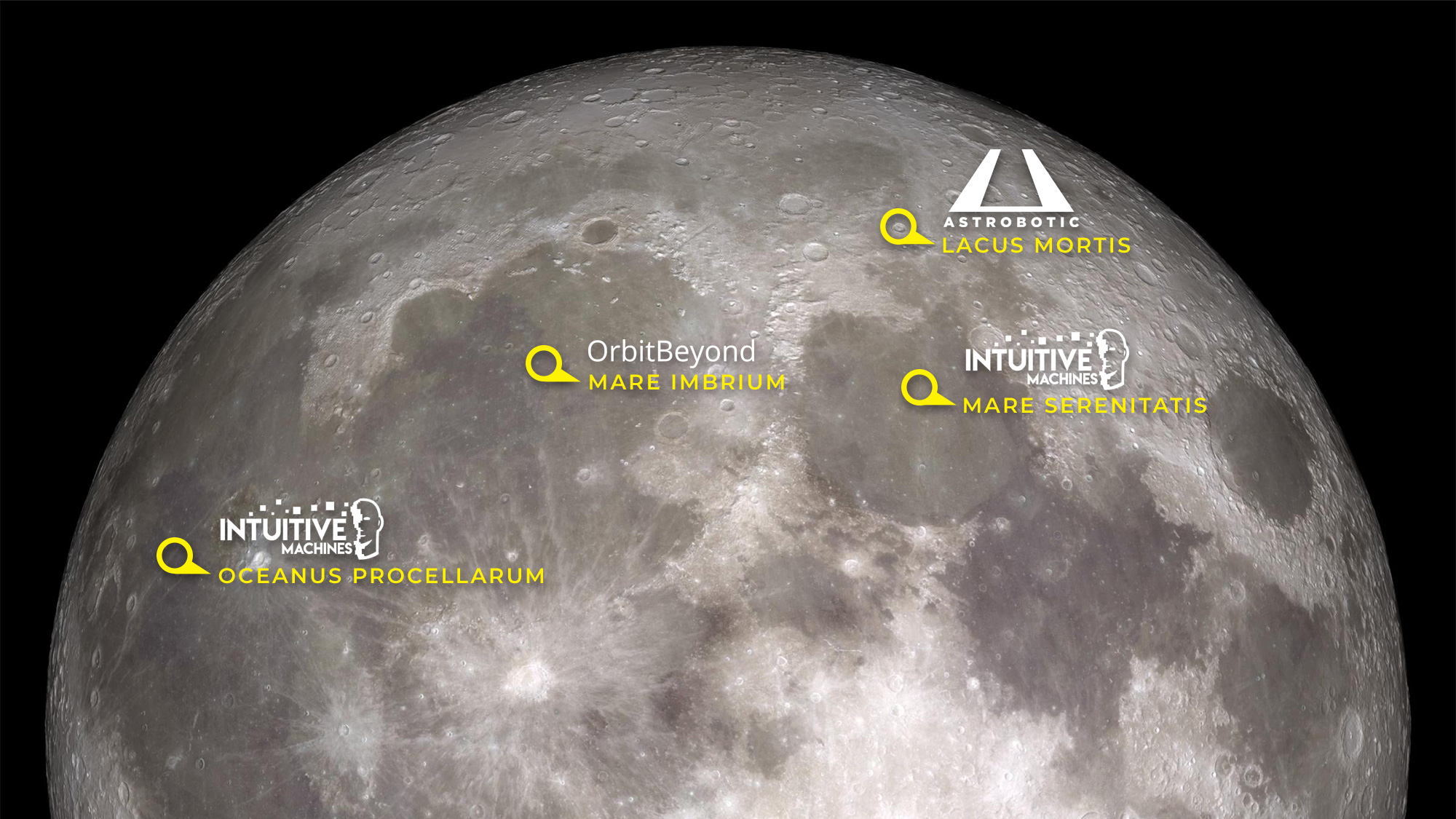
https://www.space.com/nasa-commercial-moon-landing-sites-target.htmlNASA has chosen the first companies that will ferry its instruments to the moon as part of the Artemis program — and with those selections come hints about where the contracted landers will touch down.
On May 31, NASA announced that it was hiring Astrobotic, Intuitive Machines and Orbit Beyond to carry its first modern set of science experiments and technology demonstrations to the moon. The payloads represent the first segment of the agency's ambitious Artemis program, its plan to land humans at the moon's south pole in 2024. But none of these three landers are destined for that region.
"We'll have more selections of course; part of the reason for that is there's a number of locations we want to go to; we'll have a maximum of three here," Thomas Zurbuchen, head of NASA's science mission directorate, said on May 31 during a live event announcing the three selections. "In every case actually part of the proposal that was submitted had a location identified. We will now work with the companies and actually look at options just to make sure we maximize the system."
Kolme kaupallista Kuun "merille," ja yksi ulkolaidalle.
Apollo 10 kuumoduuli ilmeisesti löytynyt Aurinkoa kiertävältä radalta ? Aika hyvin poimittu jos todellakin ovat löytäneet.
Uskomaton löytö: Apollo 10 -lennon kuumoduuli havaittiin Aurinkoa kiertävällä radalla (?)
Uskomaton löytö: Apollo 10 -lennon kuumoduuli havaittiin Aurinkoa kiertävällä radalla (?)
http://www.spacedaily.com/reports/How_an_atomic_clock_will_get_humans_to_Mars_on_time_999.htmlNASA navigators are helping build a future where spacecraft could safely and autonomously fly themselves to destinations like the Moon and Mars.
Navigators today tell a spacecraft where to go by calculating its position from Earth and sending the location data to space in a two-way relay system that can take anywhere from minutes to hours to deliver directions. This method of navigation means that no matter how far a mission travels through the solar system, our spacecraft are still tethered to the ground, waiting for commands from our planet.
That limitation poses obvious problems for a future crewed mission to another planet. How can astronauts navigate far from Earth if they don't have immediate control over where they're going? And how can they accurately land on another planet when there's a communication delay that affects how quickly they can adjust their trajectory into the atmosphere?
Tuntuu että superjohtava magneettisysteemi avaruusvehkeen pimeällä puolella voi toimia todella hyvin auttamaan energian kulutuksessa ja kehittämään aluksen ympärille magneettikentän. Tällä hetkellä superjohtava aineet on -25 asteessa. Avaruudessa lämmöt on helposti varjossa useita satoja pakkasella. Kauemmas aurinkokuntaan mentäessä superjohtavat pitäisi toimia vallan mainiosti vaikka olisi auringon puolella, koska etäisyydet rupeaa olemaan niin pitkiä.
https://www.theregister.co.uk/2019/06/17/strongest_magnet/A group of researchers at Florida State University have said they've crafted the world's strongest superconducting magnet.
The gizmo packs a magnetic field strength of 45.5 tesla, making it a tiny bit stronger than the previous record of 45 set by the 45-T. For comparison, most MRI machines operate around 1.5 tesla.
The latest device is made up of a superconducting coil of 14.4 tesla inside a resistive background magnet of 31.31 tesla to produce a 45.5 tesla bad boy. A resistive magnet is made out of more traditional materials like copper or aluminium.
Nicknamed "little big coil", the 45.5 tesla magnet contains a stack of 12 superconducting coils wound around a cylinder of copper. The results, published in Nature this month, explain the coil has to be placed inside a liquid helium cryostat, and that in turn sits inside the copper cylinder.
When it's cooled down to a chilly 7 kelvins or -266.2°C, the magnet enters a superconductive state with a current of 245.3 Amps. The researchers also measured a coil voltage of 9.45 millivolts and a tiny resistance of 47.1 milliohms. They believe that little big coil would still be magnetic at a peak temperature of 85 Kelvin or -188.2°C (considered "high temperature" in superconducting), according to simulations.
"We are really opening a new door," said Seungyong Hahn, first author of the paper and an associate professor of electrical engineering at Florida State University. "This technology has a very good potential to entirely change the horizons of high-field applications because of its compact nature."
Little big coil is "half-pint-sized" and weighs just 390g compared to the whopping 35-ton 45-T magnet that previously held the record since 1999. So what can it be used for? Not much at the moment, apparently.
"We conclude that, although this test magnet cannot yet be considered as a working user magnet, it does provide a viable route to ultrahigh-field superconducting magnets made from copper oxide high-temperature superconducting conductors," the researchers admitted. They hope that it'll be used in particle detectors, nuclear fusion reactors and in medicine one day.
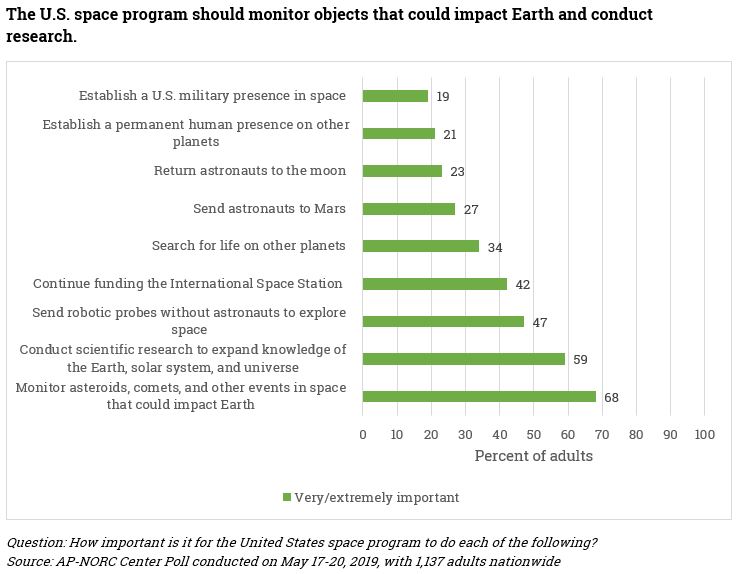
https://arstechnica.com/science/201...n-the-moon-and-mars-and-thats-understandable/Nearly two years ago, Vice President Mike Pence made the administration's space policy official, saying NASA would re-focus its program around "establishing a renewed American presence on the Moon, a vital strategic goal." In December 2017, President Trump signed a space-policy document codifying this human-exploration plan.
Under this space-policy directive, a sustainable presence on the Moon would then become a stepping stone to destinations further out in space, such as Mars. The president recently made clear his preference for getting to Mars quickly, tweeting a few weeks ago: "For all of the money we are spending, NASA should NOT be talking about going to the Moon—we did that 50 years ago. They should be focused on the much bigger things we are doing, including Mars."
A new poll suggests this talk about sending humans back to the Moon or on to Mars is out of step with the views of most Americans. The survey of 1,137 US. adults by The Associated Press-NORC Center for Public Affairs Research suggests only about one-in-four Americans believe sending humans to the Moon or Mars is "very" or "extremely" important.
https://www.msn.com/en-us/news/tech...-life/ar-AADgQBE?li=BBnbcA1&srcref=rss#page=2Mars, it appears, is belching a large amount of a gas that could be a sign of microbes living on the planet today.
In a measurement taken on Wednesday, NASA’s Curiosity rover discovered startlingly high amounts of methane in the Martian air, a gas that on Earth is usually produced by living things. The data arrived back on Earth on Thursday, and by Friday, scientists working on the mission were excitedly discussing the news, which has not yet been announced by NASA.
“Given this surprising result, we’ve reorganized the weekend to run a follow-up experiment,” Ashwin R. Vasavada, the project scientist for the mission, wrote to the science team in an email that was obtained by The Times.
No aliens here, just microbes.


